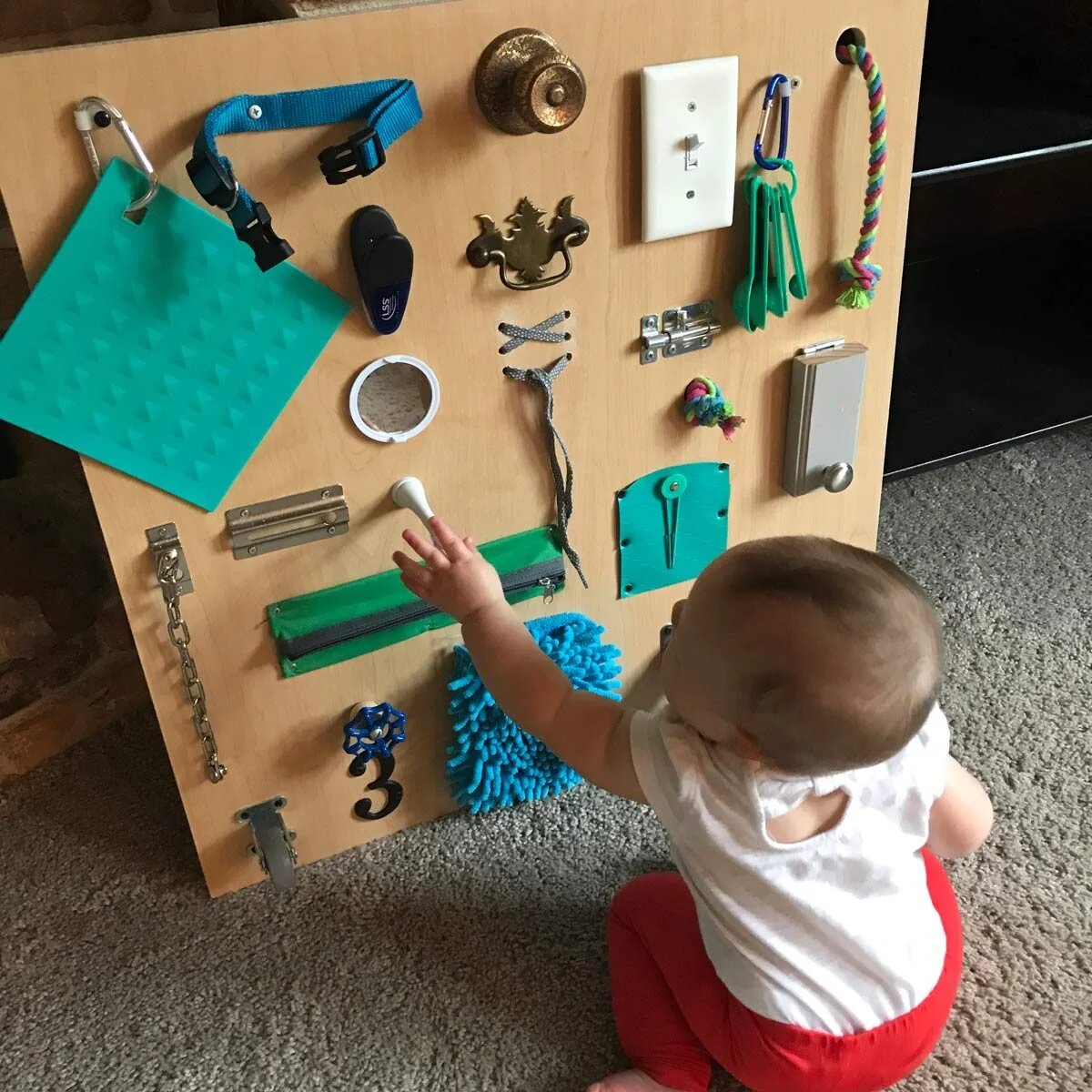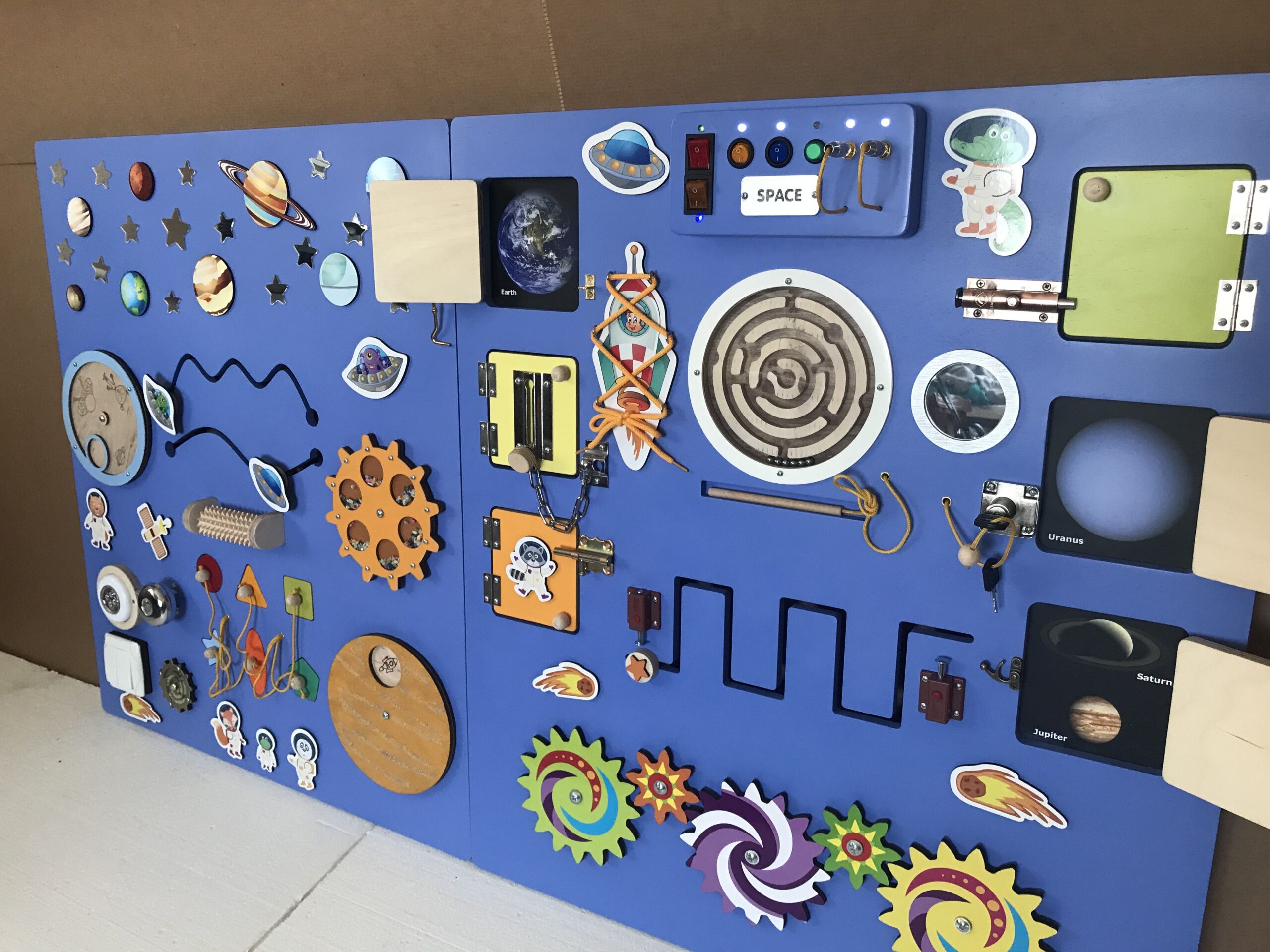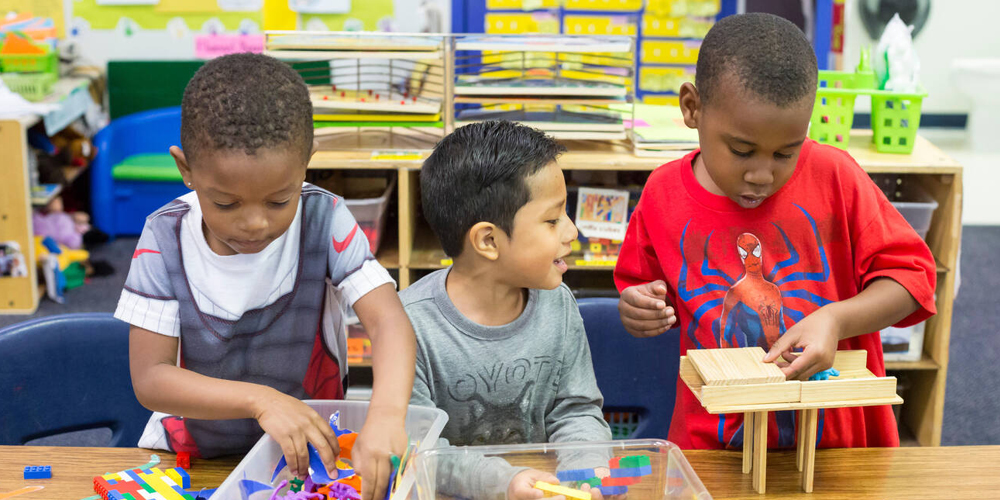Blog
Why a Sensory Busy Board is Essential for Early Development?
Hey there, fellow parents, caregivers, and curious minds! Today, let’s dive into the wonderful world of sensory busy boards. If you haven’t heard of them yet, or if you’re wondering whether they’re really useful, you are in the right place. These fantastic little inventions are not just toys; they are essential tools for early childhood development. So, grab a snack, get comfy, and let’s explore why sensory busy boards deserve a spot in your child’s playtime routine.

What is a Sensory Busy Board?
First things first, let’s clarify what a sensory busy board actually is. Picture a colorful, interactive board filled with various textures, buttons, latches, zippers, lights, and other eye-catching items designed to spark curiosity and stimulate the senses. Busy boards can be homemade or store-bought, and they often cater to different age groups. They can include simple shapes for toddlers or more complex elements for older kids. The beauty of these boards lies in their versatile nature and the endless opportunities for exploration and learning they provide.
>>> Buy now:
Engaging the Senses
One of the biggest perks of a sensory busy board is the way it engages multiple senses at once. Children learn best when they can touch, see, hear, and manipulate items in their environment. A busy board does just that! Each element invites your child to explore and discover. Whether they’re pulling a lever, feeling a rough texture, or listening to a sound, they’re gaining valuable sensory experiences that are crucial for brain development.
Touch and Texture
Let’s start with touch. Children learn about the world primarily through their senses, and touch is a big part of that! Sensory busy boards often feature a range of textures—smooth, rough, bumpy, soft, and hard. These elements provide tactile stimulation that’s incredibly important for young kids. Touching helps them understand different materials, promotes fine motor skills, and enhances their ability to recognize and differentiate objects.
Sight and Color
Next up is sight. A busy board is typically bursting with colors, shapes, and patterns that capture a child’s imagination. Bright hues and eye-catching designs help boost visual discrimination skills and can even stimulate cognitive development. As children play, they learn to identify colors and shapes while also developing their visual tracking ability—an essential skill for reading later on.

Sound and Communication
We can’t ignore the auditory aspect of sensory boards. Many busy boards incorporate sounds, be it a gentle chime, a squeak, or rustling fabrics. Sounds can encourage children to engage in play and enhance their auditory processing skills. Plus, as they manipulate parts of the board, they might even chatter away, narrating their actions. This kind of playful communication fosters linguistic skills and helps build vocabulary.
Fine Motor Skills Development
Speaking of manipulation, let’s talk about fine motor skills. These skills involve small muscle movements, often in the hands and fingers, and are super important for tasks like writing, buttoning clothes, and even using utensils. Busy boards promote the development of these skills by encouraging children to pinch, pull, push, and twist various components.
A simple example? Pulling a zipper up and down not only makes for fun play but also develops the coordination needed for tasks that require concentration and dexterity. As little hands practice these movements, they’re laying down the foundation for later stages of learning and independence.
Problem-Solving and Critical Thinking
But that’s not all! Sensory busy boards are also fantastic for nurturing problem-solving and critical thinking skills. With different components to interact with, children often encounter challenges—like figuring out how to fit a shape into a specific spot or finding the right way to rotate a knob. These experiences encourage them to think critically and develop persistence.
When they successfully manipulate an element, they experience a sense of achievement, which boosts their confidence and motivates them to tackle even more complex tasks. Plus, this kind of exploratory play is at the heart of all learning—after all, children are natural scientists, constantly experimenting and testing boundaries!
Social Interaction and Cooperative Play
Let’s not forget the social aspect! Sensory busy boards can also be a great tool for promoting social interaction. When you introduce a sensory board to a group of children, you’re likely to see them collaborate, share insights, and communicate as they explore together. Whether it’s working together to figure out different challenges or simply enjoying the board side by side, it fosters those critical social skills that will serve them well throughout their lives.
As parents, you can join in, share moments of laughter, and help guide their experiences. Sharing the learning process builds stronger bonds. And, who doesn’t love a little quality time spent engaging with the little ones?

>>> Read more: How crucial are sensorial activities for the growth of children?
DIY or Store-Bought?
So, you’re sold on the idea but wondering how to get one? You’ve got options! Busy boards can be purchased from educational toy stores or online, but they’re also super easy to make at home. You can customize a DIY busy board according to your child’s interests and age by incorporating items that you already have around the house. Think of interesting fabric swatches, old keys, colorful buttons, or even small mirrors. Get creative!
In Conclusion
In a world full of digital gadgets and screens, incorporating sensory busy boards into playtime is a delightful way to ensure that our children engage in hands-on learning while developing essential life skills. They stimulate curiosity, engage the senses, foster fine motor skills, enhance critical thinking, and promote social interaction—talk about a win-win-win-win situation!
So, whether you decide to buy, DIY, or combine both approaches, adding a sensory busy board into your child’s playtime routine can be a game-changer for their early development. Let’s empower our little ones to explore, learn, and grow in the most fun and interactive ways possible. Happy busy boarding, everyone!
